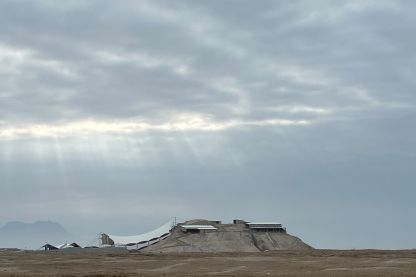
vie. 09 may. 2025
La preservación del patrimonio, nuestra principal responsabilidad con la Nación
• Los techos y las cubiertas de El Brujo
Ver más →Información acerca de temas importantes.
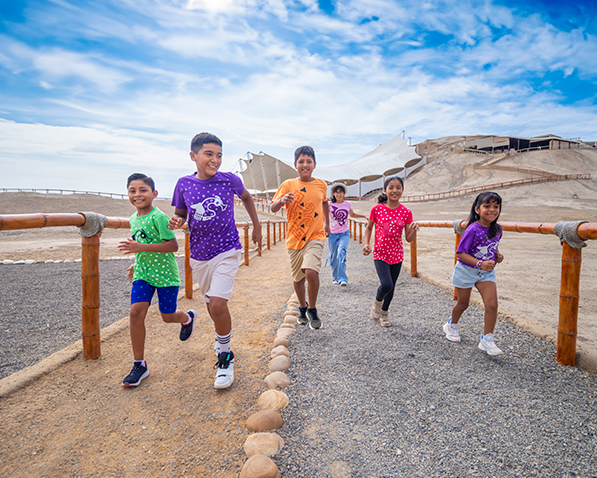
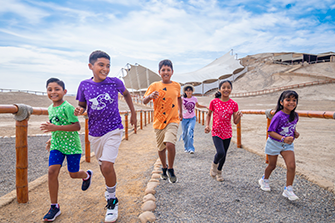

vie. 09 may. 2025
• Los techos y las cubiertas de El Brujo
Ver más →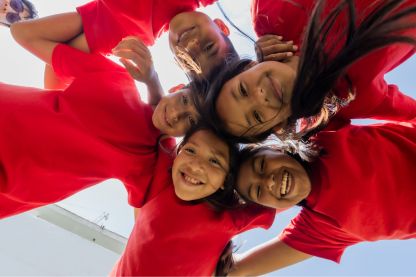
mié. 30 abr. 2025
La inteligencia emocional es una habilidad fundamental que permite a los niños reconocer, comprender y gestionar sus emociones, así como las de los demás.
Ver más →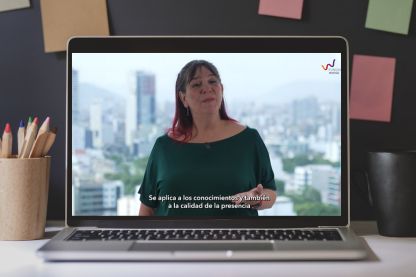
mié. 30 abr. 2025
Esta iniciativa forma parte de su Programa Calidad Educativa y se desarrolla en alianza con el Ministerio de Educación.
Ver más →_1.jpg)
mar. 29 abr. 2025
La educación ambiental en las aulas se promueve a través de proyectos prácticos. Aprende cómo implementarlos para abordar desafíos ambientales locales.
Ver más →_2.jpg)
lun. 28 abr. 2025
Fortalece la autoestima en la adolescencia con estrategias para padres y educadores. Aprende a apoyar su desarrollo emocional y social.
Ver más →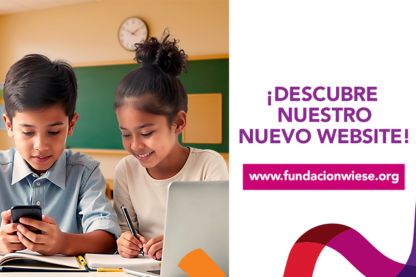
lun. 28 abr. 2025
La Fundación Wiese presenta su renovado sitio web, con recursos gratuitos sobre educación, patrimonio cultural, emprendimiento y ayuda humanitaria en el Perú.
Ver más →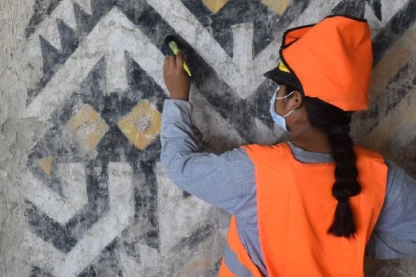
mié. 23 abr. 2025
La Fundación Wiese protege El Brujo con técnicas especializadas que preservan su legado y promueven la investigación, el turismo y la educación local.
Ver más →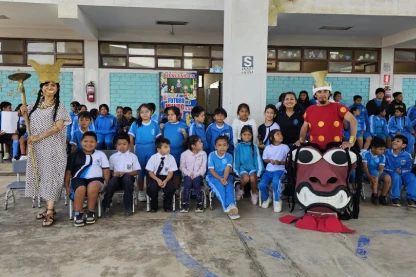
mié. 23 abr. 2025
El Brujo en tu cole regresa a escuelas de Ascope para conectar a estudiantes con su patrimonio cultural y fortalecer su identidad desde el aula.
Ver más →.jpg)
Si eres una empresa o aliado interesado en colaborar con la Fundación Wiese, te invitamos a enviarnos un mensaje.
Correo: info@fundacionwiese.org
Teléfono: 01 611 4353